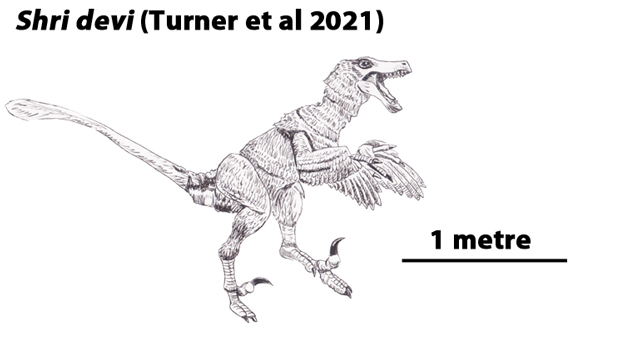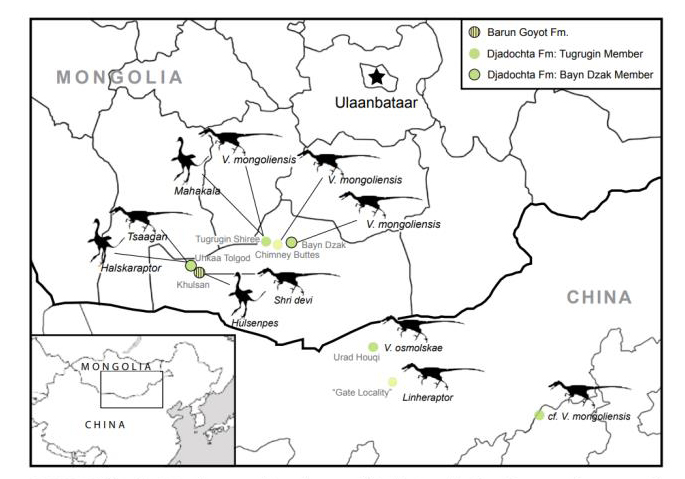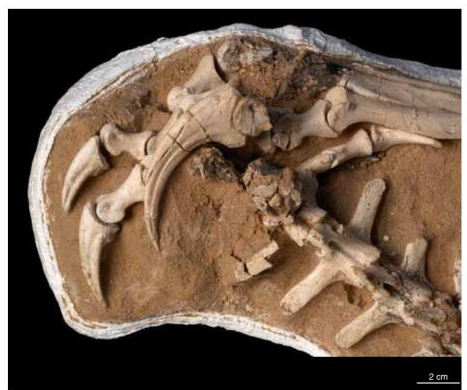The Regional and Temporal Diversity of Mongolian Dromaeosaurids
Earlier this year (January 2021), a new species of dromaeosaurid dinosaur was named and described from a partial skeleton excavated from deposits associated with the Barun Goyot Formation at Khulsan (Ömnögovi Province, Mongolia). The dinosaur, which was closely related to Velociraptor was named Shri devi. This little, fleet-footed carnivore was named after a female deity from Tibetan/Mongolian Buddhism.

Plotting the Regional Diversity of Dromaeosaurids
Although dromaeosaurid fossils are relatively rare, there have been several new dromaeosaur species described from this region of Asia in the last two decades. Shri devi is the first unequivocal dromaeosaurid taxon from the Late Cretaceous Barun Goyot Formation. Dating of the strata associated with these fossil finds has been problematical, but generally it is thought that the Djadochta Formation is the oldest, with the Barun Goyot Formation lying above it and the Nemegt Formation deemed the youngest formation of these three fossil bearing deposits.
Fossil Material Found in 1991
The Shri devi material consisting of a partially articulated skeleton including preserved right hind limb, elements from the left leg, the pelvis along with cervical, dorsal and caudal vertebrae from a single individual was discovered in 1991 by a joint expedition between the Mongolian Academy of Sciences and the American Museum of Natural History.

Picture credit: Everything Dinosaur
The drawing above was commissioned for use with the Beasts of the Mesozoic articulated range of dramaeosaurid figures.
To view this range: Beasts of the Mesozoic Figures.
Dromaeosaurids although specious were rare within these palaeoenvironments, as many species are known from just one or two specimens. The discovery of S. devi has helped palaeontologists to map the regional and temporal differences of dromaeosaurs from this part of Late Cretaceous Asia.

When formally described (Turner et al), it was noted that the second toe, the one that possessed the enlarged sickle-like claw, was proportionately larger than that seen in similar sized dromaeosaurs such as Velociraptor mongoliensis. Shri devi could have had a slightly bigger second toe claw than Velociraptor.

Visit the award-winning Everything Dinosaur website: Everything Dinosaur.

